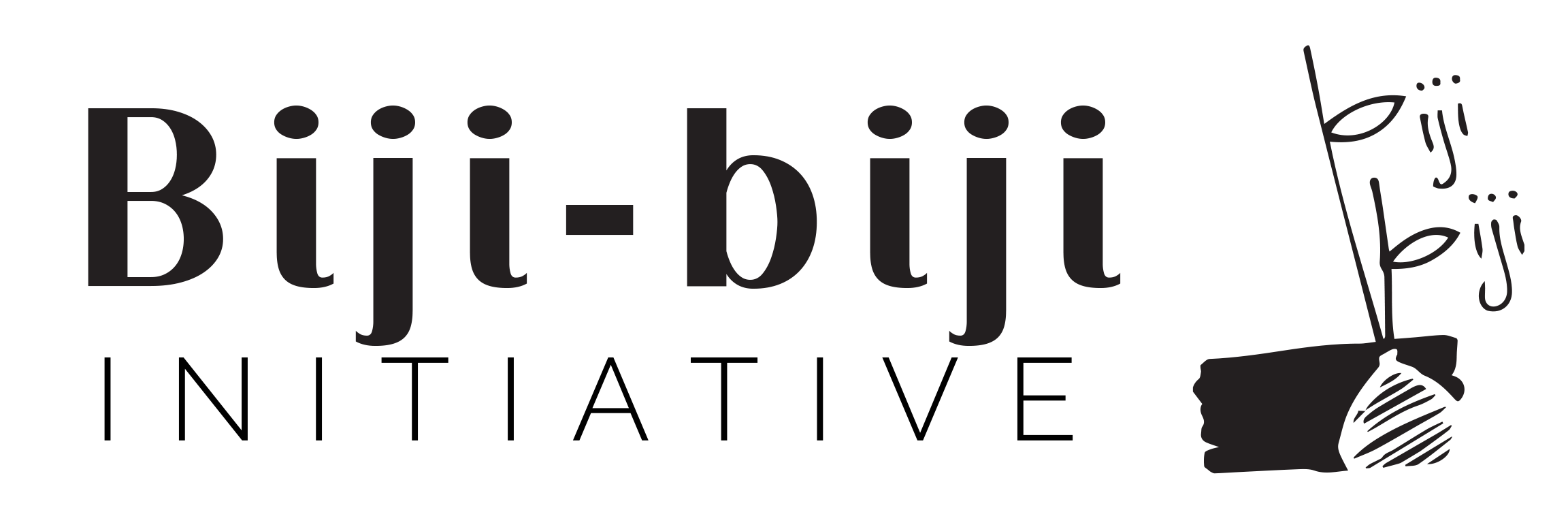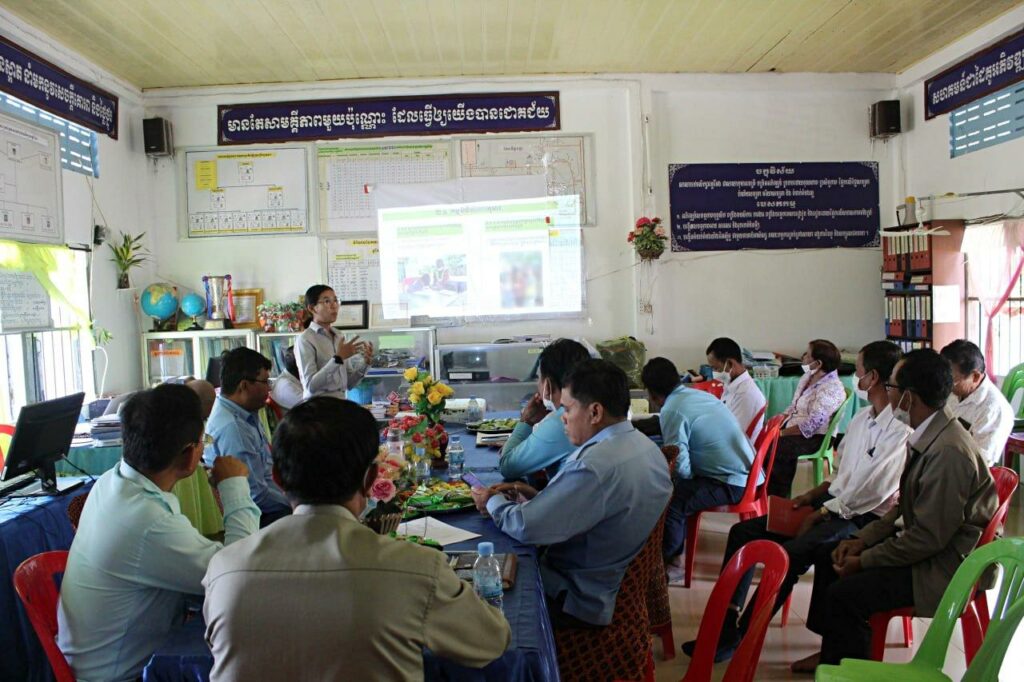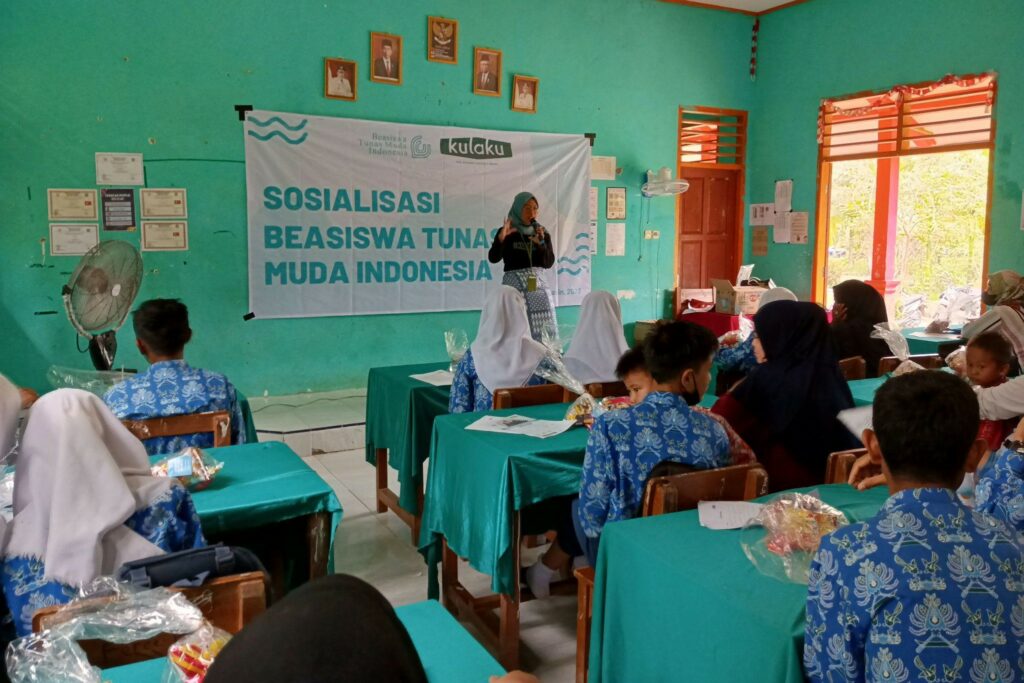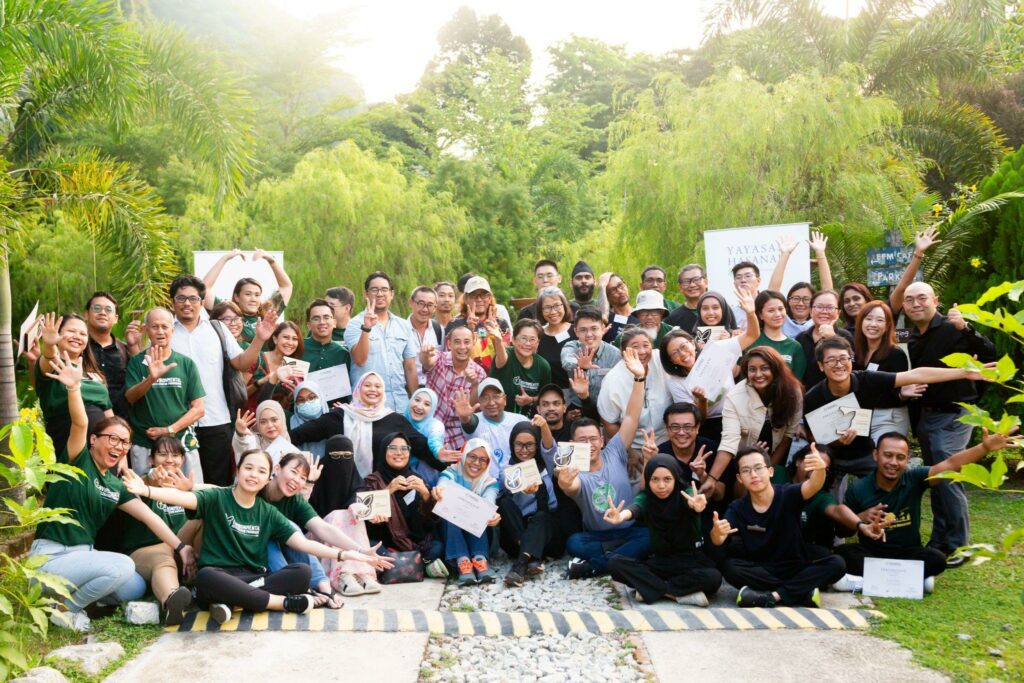Plastic permeates into the far-reaching corners of our lives; many of the products we use every day are either made out of plastic or has components of plastic.
The discourse on plastic pollution has not yet changed. Plastic pollution remains ubiquitous, spanning every nook and cranny of the world – in the atmosphere, our oceans, in animal biomass, and even in our drinking water.
A recent study published in the Science journal concluded that immediate and concerted action can greatly reduce the number of plastic found on our land and oceans, but eliminating it is a different story.
The authors of the study developed several scenarios to estimate the reductions in plastic pollution over the period of 2016 to 2040. These scenarios range from the business-as-usual where no action is taken to curb the plastic waste issue and best-case scenarios that include a suite of interventions, such as plastic quantity reduction, use of alternative materials, recycling, and improved disposal efficiency.
Business As Usual vs Improved Scenarios
Under the business as usual scenario, the pathway demonstrated a 2.6-fold increase of the annual rate of macro- and microplastics entering the aquatic systems from the land.
Not only that, the rate of plastic pollution retained in terrestrial systems increased 2.8-fold.
Under the conditions of efforts toward reducing plastic pollution (assuming full implementation), the annual plastic pollution rates into aquatic and terrestrial environments only decreased by 6.6% and 7.7% respectively.
From here, it is noteworthy to point out that current efforts are great to reduce plastic waste input into the environment. However, considerable additional effort is needed to match the unprecedented scale of projected environmental plastic pollution.
Plastic Pollution Reduction Strategies
Technically speaking, there are two broad categories of plastic pollution reduction strategies, categorized into:
- upstream: preconsumption (i.e., reducing demand); and
- downstream: postconsumption (i.e., collection and recycling)
Challenges
The authors mention that technology is already available to make the necessary reductions, but what that looks like varies from country to country.
It is also important to note here that while the paper shines remarkable insights on reducing plastic waste, it tells the story from the perspective of a developed nation. Challenges remain for the developing world, such as Malaysia.
The sobering reality is that 93% of waste is dumped somewhere in the environment in developing countries.
According to a report published by the World Wildlife Fund (WWF), part of the problem is exacerbated by the lack of a robust waste management system. For instance, only 15% of waste is safely disposed of in Malaysia and the Philippines while about half of the waste is collected in China and Thailand. Waste separation is rare as well.
When recycling does happen, it usually depends on the informal sector, private enterprises or community-based initiatives.
We find this to be absolutely true – kudos to the organisations and enterprises hard at work for making sure our waste is recycled!
We mention several organisations where you can send your recyclables to, check it out here.
Recycling and effective waste management address what happens to the plastic after it is manufactured and forms part of the solution, but we also recognise the absolute importance of reducing overall plastic production.
In other words, we need to turn the tap off instead of dealing with the plastic after it is all said and done.
Plastic Use in Malaysia
Let’s now look at plastic consumption and strategies in Malaysia.
According to a report published by the World Wildlife Fund (WWF), Malaysia ranked the highest among the six countries studied in the report (Malaysia, Thailand, Philippines, Vietnam, Indonesia and China) in terms of annual per capita plastic packaging consumption, which is at 16.78kg per person.
In Malaysia, packaging accounts for the largest application segment in the Malaysian plastics market. According to Mordor Intelligence, the packaging industry has also gained considerable momentum with the spread of the COVID-19 pandemic.
This is in part due to government advice in taking necessary precautions in hygiene protection and the rise in packaging demands for rising e-commerce businesses.
In terms of the plastics market in Malaysia, polyethylene dominated the market in 2019, especially in the packaging sector.
For a comprehensive explanation of the seven types of plastics categorising a majority of the plastics we use every day, we have a handy guide here.
Malaysia’s Plans for Single-Use Plastic Reduction
To date, the Malaysian government has started and carried out initiatives to reduce plastic consumption and waste.
In 2018, the Ministry of Energy, Science. Technology, Environment and Climate Change (currently restructured to the Ministry of Science, Technology and Innovation (MOSTI)) released the roadmap towards Zero Single-Use Plastics as a policy guide for all stakeholders in taking a unified approach towards eliminating the use of single-use plastics for a cleaner environment by 2030.
The action plan of the roadmap is divided into three phases.
In Phase I (2018-2021), multiple stakeholder engagements, workshops, new policy implementations and campaigns are planned to encourage the elimination of single-use plastics from the Malaysian norm.
Phase 2 (2022-2025) will see the widespread adoption of “bio bags” to replace plastic bags.
Notable changes include the “not straw by default” practice (2018), imposed pollution charges at a minimum of RM0.20 for plastic bags (2019) as well as a strong encouragement for customers to bring their own food containers, or for food business operators to phase out polystyrene and plastic food containers (2019).
In 2020, a Circular Economy Roadmap (CER) for plastics including bottles will be launched by the end of the year to be implemented in Phase II.
Phase II (2022-2025) anticipates the widespread use of big bags nationwide to replace plastic bags as well as an expanded scope of biodegradable and compostable products to items such as food packaging and containers, plastic film, cutleries, cotton buds, polybags and plant pots, as well as slow-release fertilizers.
The second phase of the roadmap will also include a pollution levy to manufacturers of plastic bags by the Federal Government and the introduction of legal frameworks for single-use plastics.
Phase III (2026-2030) plans for a substantial increase in the volume of production of local biodegradable and compostable alternatives for local consumption. In 2030, an implementation report of the roadmap will also be published.
Effectively addressing the plastic pollution problem
The main purpose of the paper is to help governments, industries and stakeholders in understanding the necessity of a combined effort to curb plastic waste.
Even though implementation strategies vary with each country, the heart of the problem still needs to be addressed with coordinated action combining the preconsumption and postconsumption.
The authors mention that 78% of the plastic pollution problem can be solved by 2040 through the use of current knowledge and technologies at a lower net cost for waste management systems compared with that of the business as usual scenario.
However, even a 78% reduction from business-as-usual pollution rates results in a massive accumulation of plastic waste in the environment.
Even with this system in place, more effort will be needed in terms of innovation in resource-efficient and low-emission business models, sustainable substitute materials, waste management technologies and effective government policies in place.
Biji-biji Initiative’s Beyond Bins
Biji-biji Initiative started out with upcycling initiatives but we’ve grown to give waste a much higher value especially in helping underserved communities with alternative sources of income aside from keeping more plastic out of the landfills, which led to the birth of Beyond Bins.
Beyond Bins is our sincerest effort toward a circular economy by bringing together corporate players, the underserved communities and our community partners in our endeavour to address the plastic problem.
You can make a difference today with a collaboration with us.
Just because we can’t solve the problem doesn’t mean we shouldn’t try.




